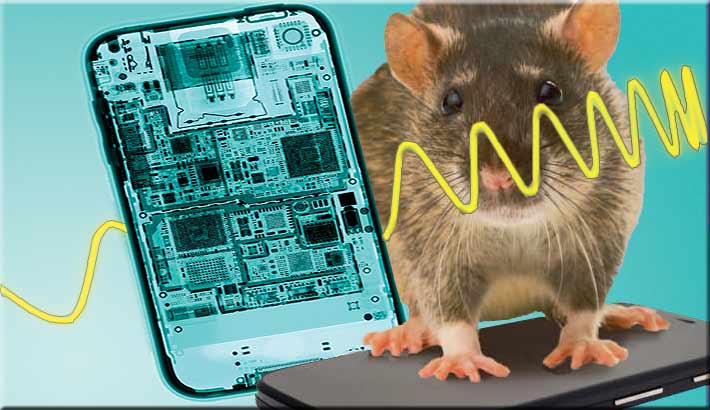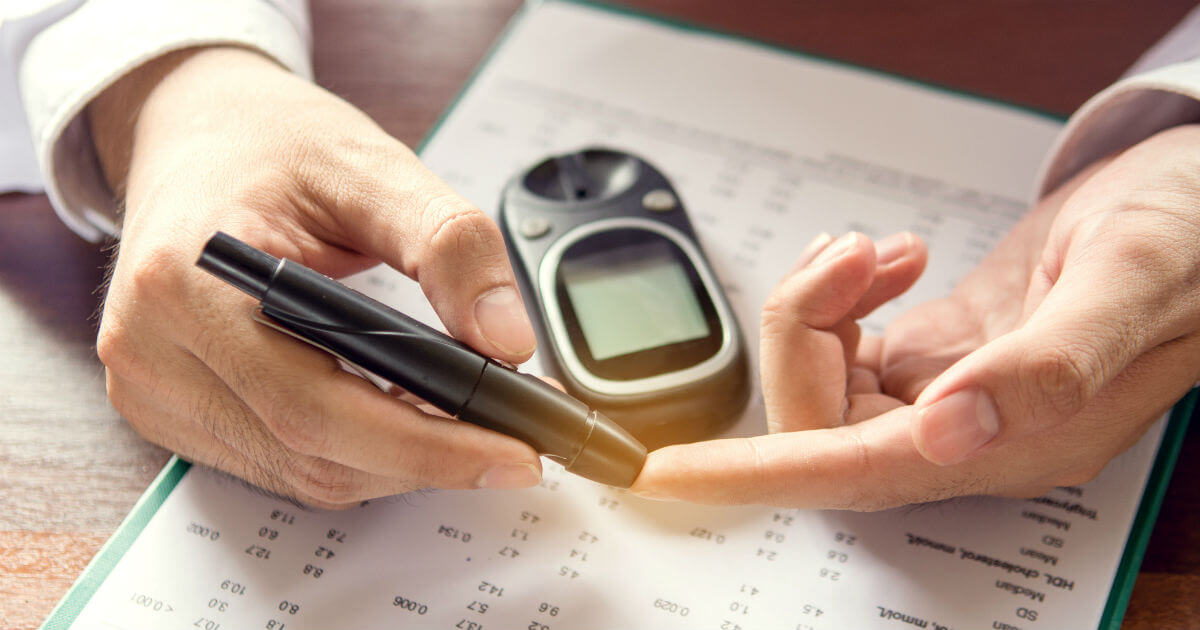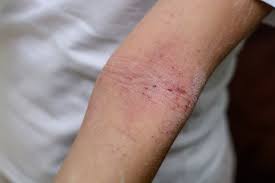High levels of cellphone radiation linked to tumors in male rats
Sat 03 Feb 2018, 15:52:20

WASHINGTON: Male rats exposed to very high levels of the kind of radiation emitted by cellphones developed
tumors in the tissues around their hearts, according to a draft report by US government researchers on the
potential health risks of the devices.
Female rats and mice exposed in the same way did not develop tumors, according to the preliminary report from
the US National Toxicology Program (NTP), a part of the National Institute of Environmental Health Sciences.
The findings add to years of research meant to help settle the debate over whether cellphone radiation is
harmful.
Although intriguing, the findings can not be extrapolated to humans, NTP scientists and the US Food and Drug
Administration (FDA) said on Friday. They noted that the animal studies were meant to test extreme exposures to
cell phone radiation, and that current safety limits on cellphone radiation are protective.
However, the two 10-year, $25 million studies — the most comprehensive assessments of health effects and
exposure to radiofrequency radiation in rats and mice to date — do raise new questions about exposure to the
ubiquitous devices.
In the studies, about 6 percent of male rats whose entire bodies were exposed to the highest level of cell
phone radiation developed schwannomas — a rare type of tumor — in nerve tissue near their hearts, while there
were no schwannomas in animals that were not exposed to radiation.
“The intriguing part of this is the kind of tumors we saw were similar to tumors noted for quite some time in
some epidemiological studies in heavy duty cellphone users,” John Bucher, a senior scientist with NTP, said in
a telephone interview.
“Of course, these were in the nerves in the ear and next to the brain, but the tumor types were the same as we
saw in the heart.”
Dr. Otis Brawley, chief medical officer of the American Cancer Society, noted that the studies were negative
for common tumors.
“These draft reports are bound to create a lot of concern, but in fact they won’t change what I tell people:
the evidence for an association between cellphones and cancer is weak, and so far, we have not seen a higher
cancer risk in people,” he said in a statement on Twitter.
Brawley said if cellphone users are concerned about this data in animals they should wear an earpiece.
Unlike ionizing radiation such as that from gamma rays, radon and X-rays, which can break chemical bonds in the
body and are known to cause cancer, radiofrequency devices such as cellphones and microwaves emit
radiofrequency energy, a form of non-ionizing
radiation.
radiation.
The concern with this type of radiation is that it produces energy in the form of heat, and frequent exposure
against the skin could alter brain cell activity, as some studies have suggested.
In the NTP study, rats and mice were exposed to higher levels of radiation for longer periods of time than what
people experience with even the highest level of cellphone use, and their entire bodies were exposed all at
once, according to the draft report.
Bucher said the effect likely only showed up in the male rats because they were larger, and likely absorbed
more radiation than the female rats or mice.
Cellphones typically emit lower levels of radiation than maximum levels allowed, the draft report said.
Cellphone radiation quickly dissipates, so the risk, if any, would be to areas of the body in close proximity
to the device emitting the radiation, Bucher said.
He said the findings are intended to help inform the design of future cell phone technologies. The study looked
at only 2G and 3G frequencies, which are still commonly used for phone calls. It does not apply to 4G or 5G,
which use different frequencies and modulation, he said.
NTP, a part of the National Institutes of Health, will hold an external expert review of its findings on March
26-28.
Dr. Jeffrey Shuren, head of the FDA’s radiological health division, said there is not enough evidence to say
cellphone use poses health risks to people.
“Even with frequent daily use by the vast majority of adults, we have not seen an increase in events like brain
tumors,” he said in a statement. “We believe the current safety limits for cellphones are acceptable for
protecting the public health.”
Asked what the public should take from the study, Bucher said, “I wouldn’t change my behavior based on these
studies, and I haven’t.”
Nevertheless, the findings are potentially a concern for device makers, especially the world’s three biggest
smartphone sellers, Apple Inc, Korea’s Samsung Electronics Co. Ltd. and China’s Huawei Technologies.
The CTIA, the trade association representing AT&T Inc, Verizon Communications Inc, Apple Inc, Sprint Corp, DISH
Network Corp, and others, said on Friday that previous studies have shown cellphone RF energy emissions have no
known heath risks.
“We understand that the NTP draft reports for its mice and rat studies will be put out for comment and peer
review so that their significance can be assessed,” the group said.
Samsung and Apple did not immediately respond to requests for comment.
No Comments For This Post, Be first to write a Comment.
Most viewed from Health
AIMIM News
Latest Urdu News
Most Viewed
May 26, 2020
Do you think Canada-India relations will improve under New PM Mark Carney?
Latest Videos View All
Like Us
Home
About Us
Advertise With Us
All Polls
Epaper Archives
Privacy Policy
Contact Us
Download Etemaad App
© 2025 Etemaad Daily News, All Rights Reserved.




.jpg)

























